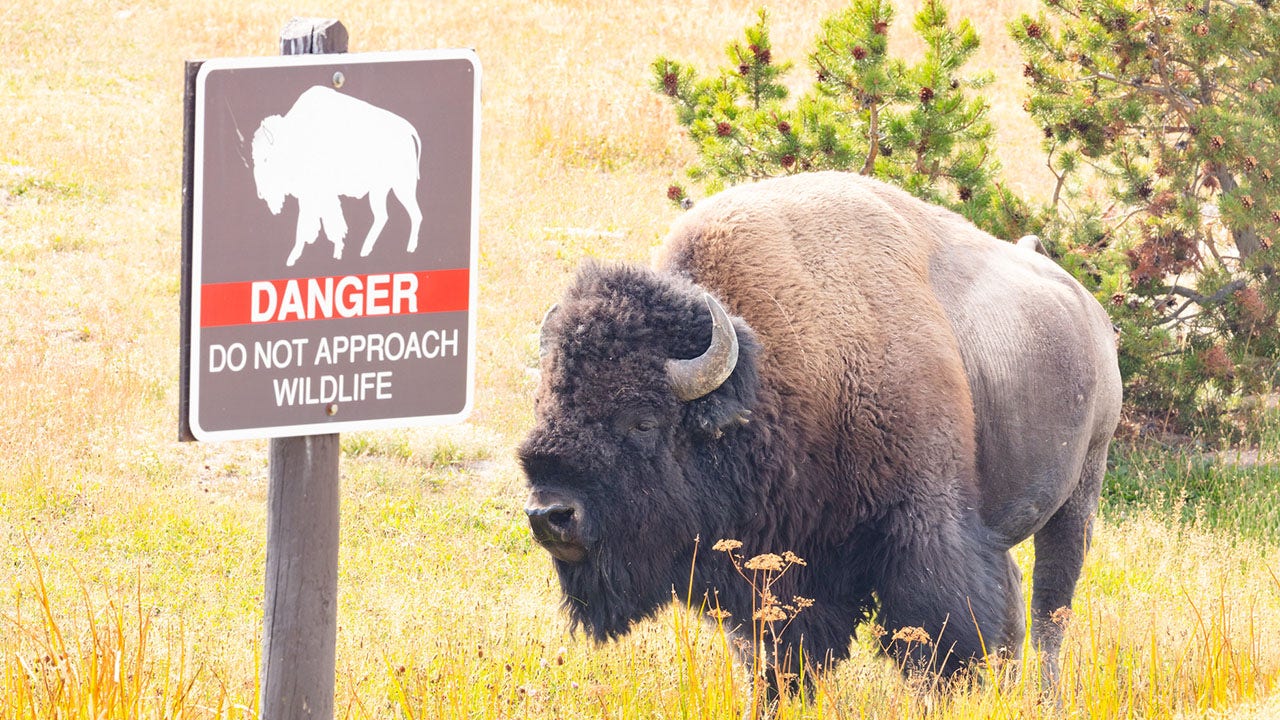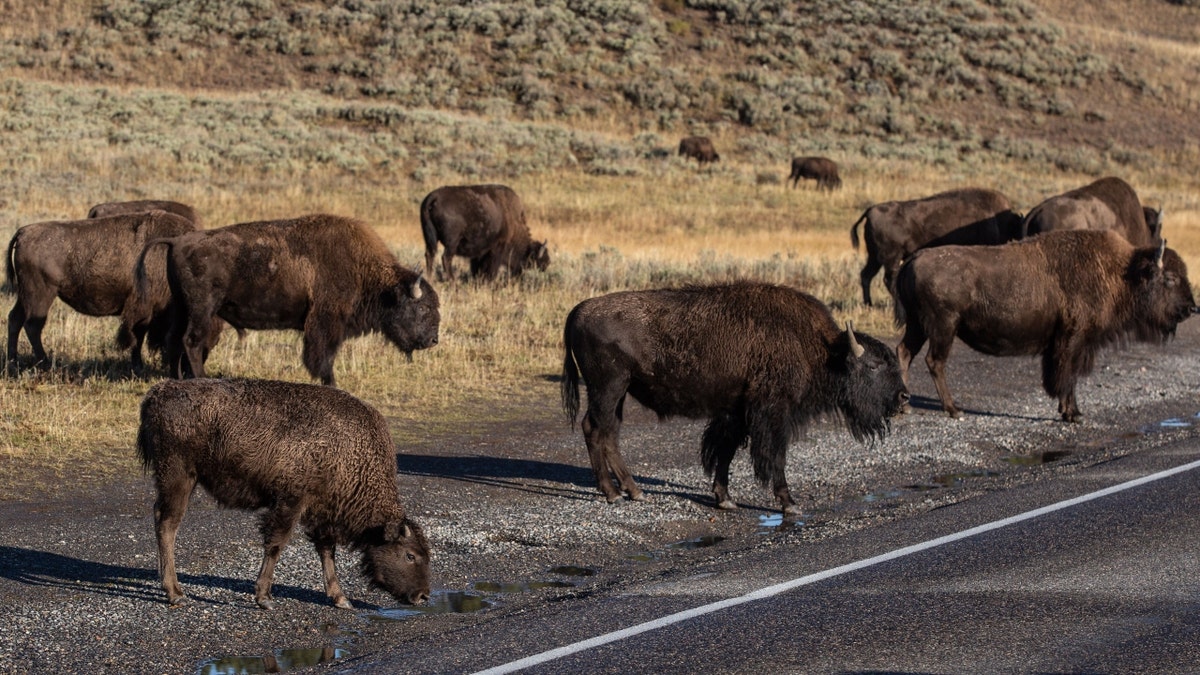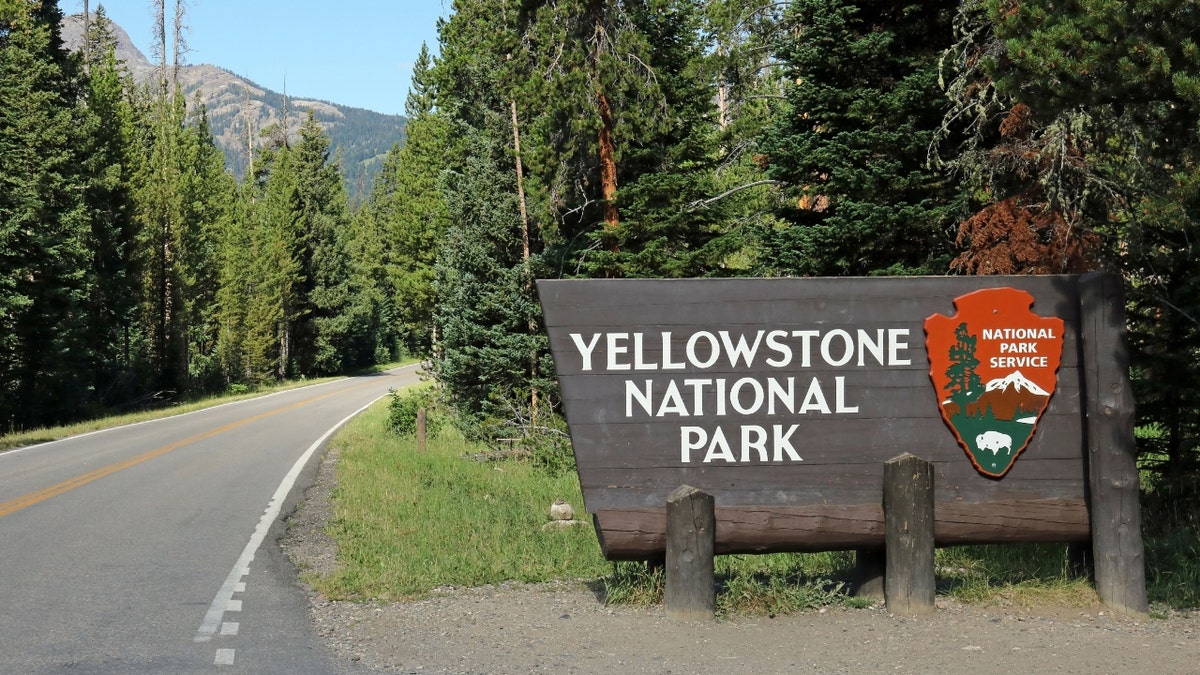BOISE – Idaho placed no higher than 36th nationally for three metrics gauging teacher and paraprofessional pay during the 2022-23 school year, according to recently released National Education Association rankings.
The rankings are dated — and they don’t account for recent state investments in teacher pay. But they provide a retrospective snapshot that illustrates how Idaho stacked up against neighboring states as local schools have struggled to recruit and retain teachers.
Last school year, Idaho ranked 36th nationally for starting teacher pay, a marked improvement from 48th place a decade ago. But it still lagged behind most neighboring states on benchmark salaries in addition to average teacher compensation and paraprofessional pay.
NEA, the national teachers’ union, annually compiles salary data for the prior school year. The group releases the data in the spring — when school districts are negotiating teacher contracts.
Nationally, “modest gains” were made in teacher pay, the union said in a news release. The average salary across the U.S. last school year was $69,544, up 4.1% from 2021-22. NEA President Becky Pringle credited unions for demanding “more for their students, more professional respect and more pay.”
On average, Idaho school districts paid teachers $56,365 last school year. That was a 4% increase from 2021-22, and it moved up the state two spots in the rankings. Idaho’s $41,179 baseline salary last school year also lagged behind the $44,530 national average.
The Idaho State Board of Education’s annual Educator Pipeline Report, last released in December, pointed to bordering states’ salaries as a possible factor hurting Idaho’s teacher retention. In Washington, for instance, teachers last year earned $20,439 more on average, according to the NEA rankings.
Washington, Oregon, Nevada, Utah and Wyoming all paid higher benchmark and average teacher salaries than Idaho last school year. Montana, which was last among those states in the other categories, outpaced Idaho on paraprofessional pay.
Here’s how Idaho stacked up against neighboring states during the 2022-23 school year, along with each state’s national ranking. The rankings included all 50 states plus Washington, D.C.
Starting teacher pay:
3. Washington $55,631
10. Utah $49,555
14. Wyoming $48,622
22. Nevada $43,695
32. Oregon $42,050
36. Idaho $41,179
51. Montana $34,476
Average teacher pay:
6. Washington $86,804
13. Oregon $72,476
23. Utah $63,481
26. Wyoming $61,797
27. Nevada $61,719
40. Idaho $56,365
42. Montana $55,909
Paraprofessional pay:
11. Washington $37,334
12. Nevada $36,900
16. Utah $34,893
21. Oregon $33,838
26. Wyoming $31,963
28. Montana $31,642
50. Idaho $26,628
Idaho school districts rely on state funding to pay teachers and staff, although the salaries are set locally.
Madison Hardy, Gov. Brad Little’s spokeswoman, said the NEA rankings are based on data collected before Little’s “Idaho First” plan increased state funding per teacher by $6,359 during the 2023 legislative session. The investment lifted Idaho’s average teacher pay 9.1% to $61,516 this school year. And the average starting teacher pay across all districts is now $45,680.
“Gov. Little is proud of the huge increases Idaho has championed for teacher take-home pay across the board, including starting teacher pay, and he will continue to push for investments in Idaho teachers to benefit students and families,” Hardy said by email.
Little has previously said the raises put the state in the top 10 nationally for starting teacher pay. Idaho Education News revealed why that claim was misleading, in part because it relied on even more outdated NEA rankings. Next year’s rankings will show how the state compares post-Idaho First salary hikes.
Meanwhile, the latest rankings represent an improvement over Idaho’s “rock-bottom” place in the recent past, said Idaho Education Association President Layne McInelly. The teachers’ union leader lauded the governor and Legislature’s effort to increase teacher pay, but said Idaho still ranks “far lower than IEA members and other Idaho educators deserve.”
“All educators deserve pay, benefits and a work environment reflecting the importance of their work on behalf of Idaho students and families, their personal investment in their discipline and their professional expertise — just as we would expect any professional to be paid their worth,” McInelly said by email.


























